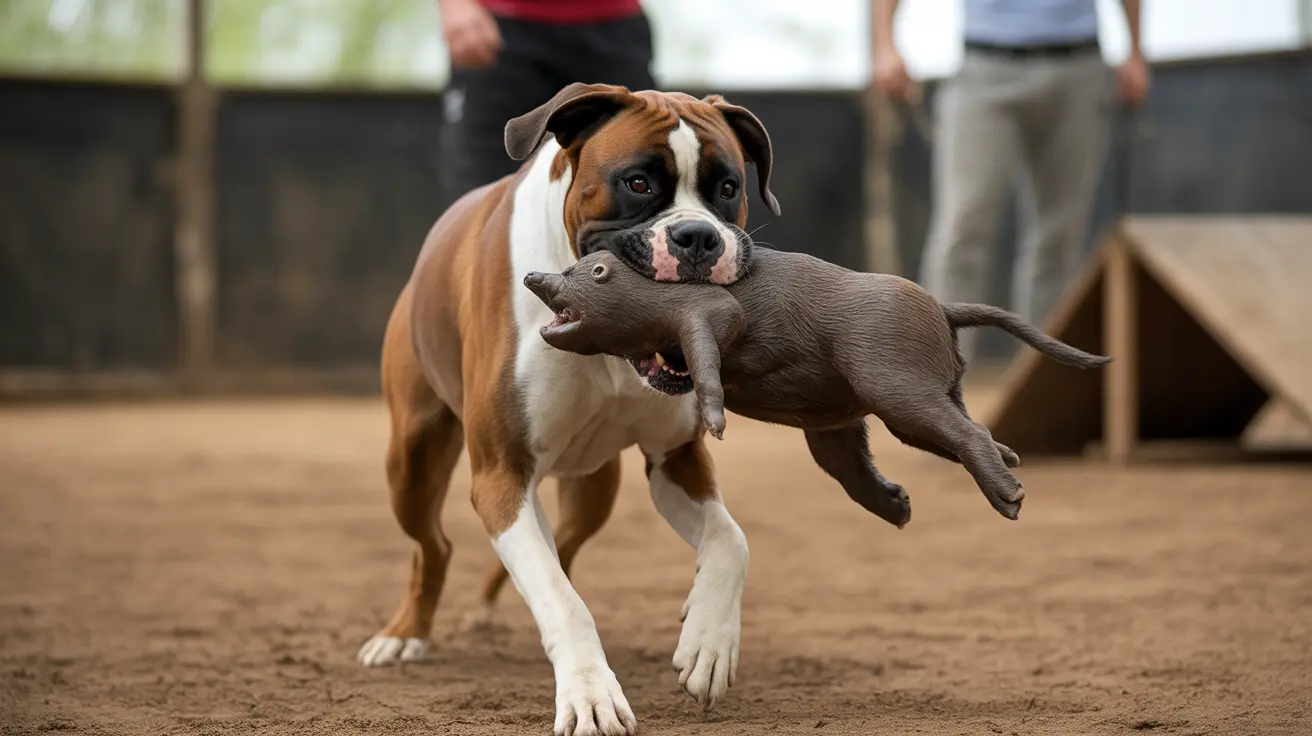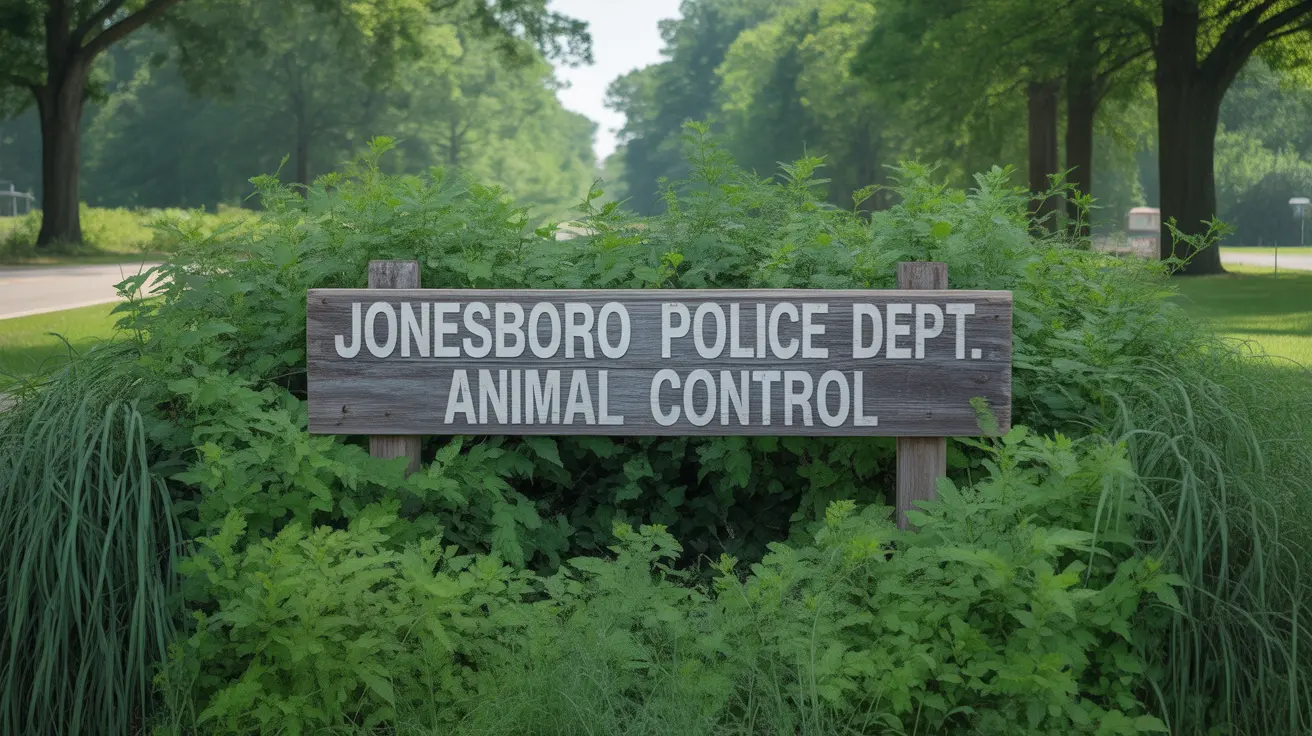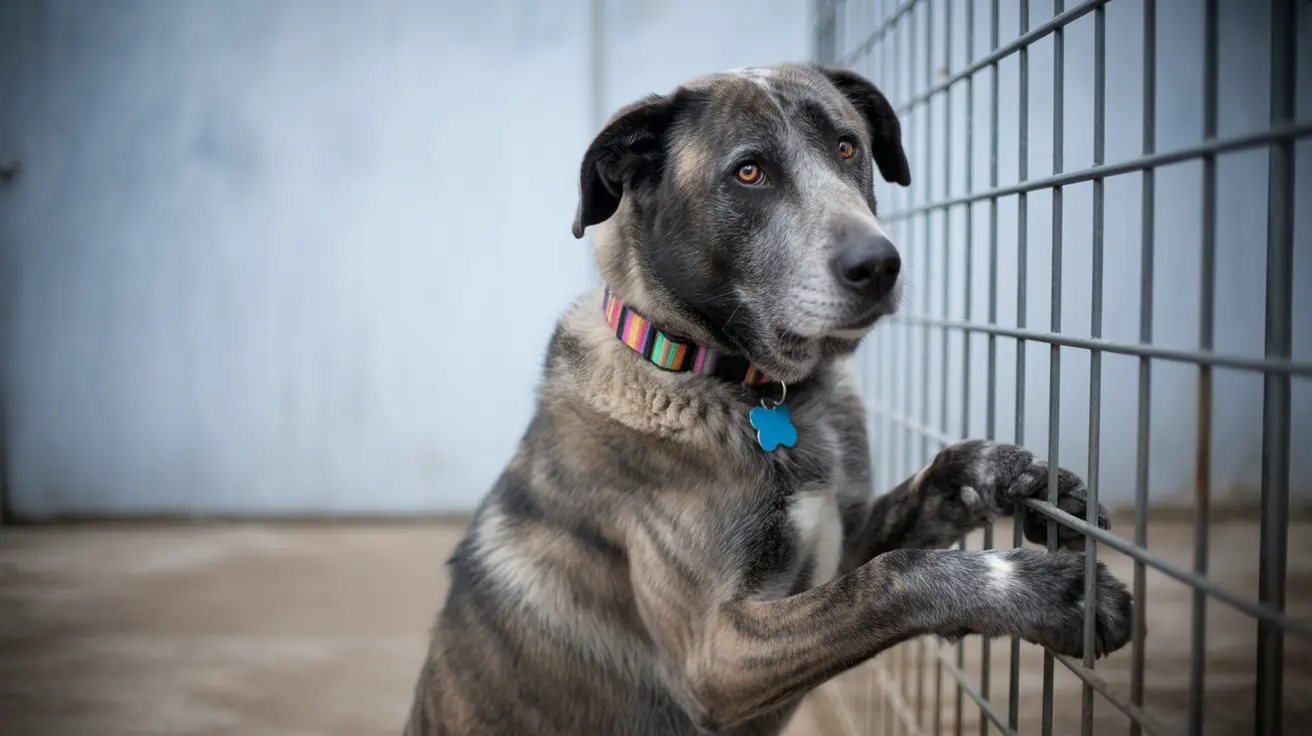The Boxer breed's fascinating history spans centuries of purposeful breeding and evolution. Originally developed in Germany during the late 19th century, these powerful dogs were bred with specific tasks in mind that shaped both their physical characteristics and temperament. Understanding what Boxers were bred for helps explain their unique traits and capabilities that persist in modern-day specimens.
The Ancient Origins of the Boxer Breed
The Boxer's story begins with the now-extinct Bullenbeisser, a mastiff-type dog that roamed central Europe, particularly in Germany and Belgium. These powerful ancestors were renowned for their ability to hunt and hold large game, including wild boar, deer, and even bears. The Bullenbeisser's strength and courage would later become defining characteristics of the Boxer breed.
Development of the Modern Boxer
In the late 1800s, German breeders crossed the Brabant Bullenbeisser with English Bulldogs to create what we now know as the Boxer. This careful breeding program aimed to produce dogs with exceptional strength, agility, and intelligence. The first Boxer Club was established in Munich in 1895, and they published the initial breed standard in 1904.
Primary Hunting and Working Purposes
Boxers were specifically bred for several crucial roles that leveraged their physical prowess and intelligence:
- Large game hunting and holding
- Military and police work
- Guard dog duties
- Pack carrying and messenger services
Physical Characteristics Built for Purpose
The Boxer's distinctive physical features were deliberately bred to support their working roles:
- Strong, undershot jaw for holding prey
- Muscular build for power and endurance
- Short muzzle with wide nostrils for breathing while holding prey
- Athletic frame for speed and agility
- Wrinkled face to channel blood away from eyes during confrontations
Evolution into Modern Roles
As hunting practices modernized and society changed, Boxers adapted to new roles. Their intelligence and loyalty made them excellent police dogs and military working dogs, particularly during both World Wars. Today, they serve as:
- Family companions
- Service and therapy dogs
- Search and rescue workers
- Competition dogs in various sports
Frequently Asked Questions
What were Boxers originally bred to do, and why were their physical traits important for this job?
Boxers were originally bred as hunting dogs to pursue and hold large game animals until hunters arrived. Their powerful jaws, muscular build, and athletic frame were specifically developed to help them excel at this dangerous task while minimizing damage to valuable game meat.
How did Boxers transition from hunting dogs to family companions and working dogs?
As hunting practices evolved with firearms, Boxers' roles shifted toward military and police work. Their intelligence and trainability made them excellent service dogs, while their gentle nature and loyalty helped them transition into beloved family pets.
Are there any connections between Boxers and older breeds like the Bullenbeisser or Mastiff?
Yes, Boxers are direct descendants of the Bullenbeisser, which was a type of Mastiff. The breed was refined through crossing Bullenbeissers with English Bulldogs in the late 1800s to create the modern Boxer.
Were Boxers ever used for cruel sports like bullbaiting, and how did society's attitudes change this?
Early Boxers were indeed used in bullbaiting before it was outlawed. As society's attitudes evolved, the breed's purpose shifted toward more noble pursuits like police work, military service, and family companionship.
Are modern Boxers still physically and mentally suited for protection work, or are they only pets now?
Modern Boxers retain their working capabilities and can excel in protection work when properly trained. However, most serve as family companions, combining their protective instincts with a gentle, playful nature that makes them excellent pets.
Conclusion
From their origins as powerful hunting dogs to their current status as beloved family companions, Boxers have demonstrated remarkable adaptability while maintaining their core traits of strength, intelligence, and loyalty. Their breeding history has created a versatile dog capable of excelling in various roles while being gentle enough to serve as faithful family members.






